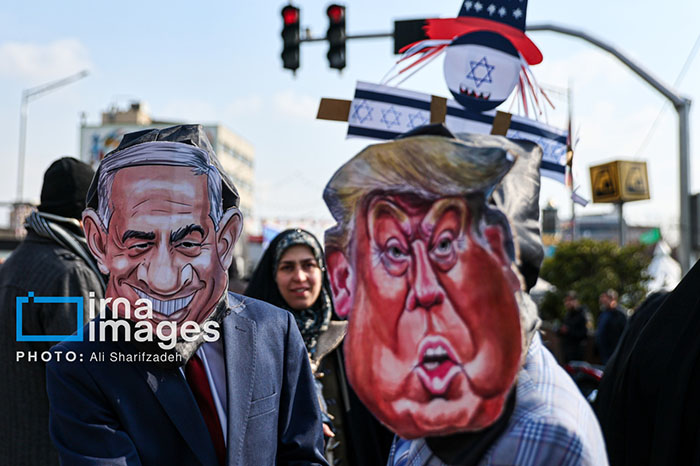[custom_adv]
Several critical incidents fueled the revolution’s intensity:
- The Abadan Rex Cinema Fire (August 1978): A deadly fire at the Rex Cinema in Abadan, which killed hundreds of people, was widely blamed on the Shah’s secret police, sparking public outrage.
- Black Friday (September 8, 1978): The Shah’s forces opened fire on protesters in Tehran’s Jaleh Square, killing and injuring many. This massacre shattered any remaining hopes of reconciliation and further radicalized the opposition.
- Economic Strikes and Labor Unrest: Workers in key industries, including the oil sector, went on strike, crippling the Iranian economy and weakening the government’s ability to function effectively.
As protests intensified, the Shah attempted to make political concessions, including appointing a new prime minister, Shapour Bakhtiar, to lead a transitional government. However, these efforts failed to quell the uprising. By January 1979, the Shah was forced to leave Iran, and he never returned. Khomeini, who had been in exile for over 14 years, returned triumphantly to Tehran on February 1, 1979, where he was greeted by millions of supporters.

